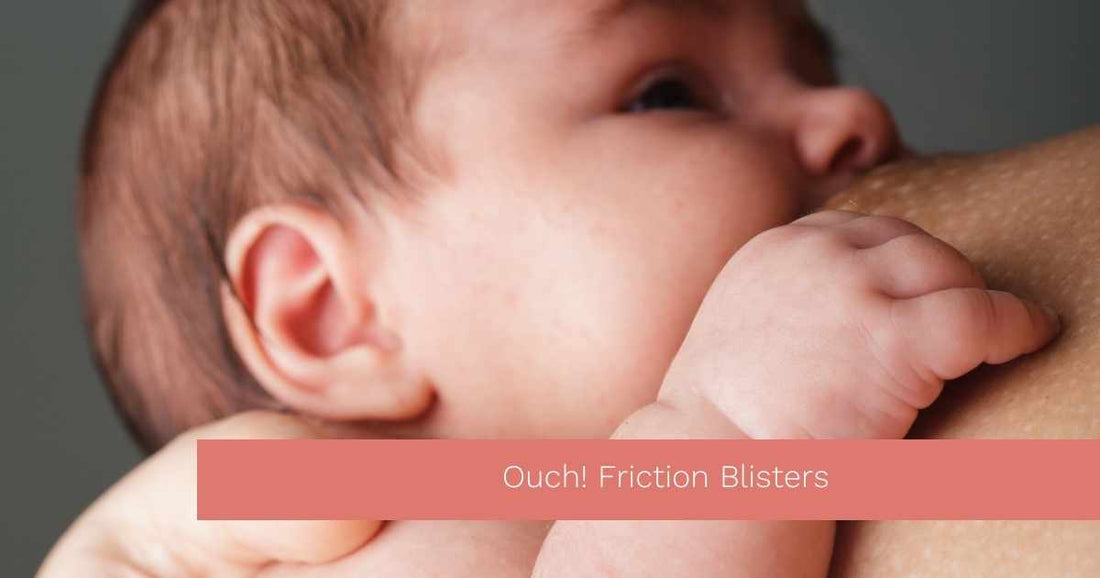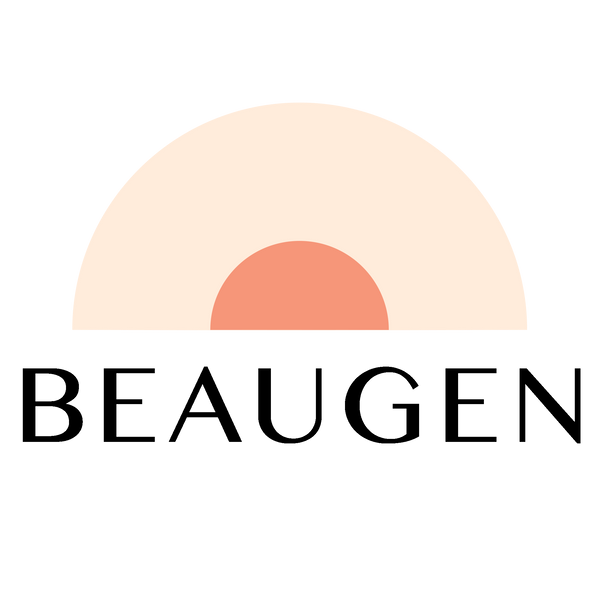Ouch! Friction Blisters
Mommy Care Team
Repeated pump sessions can lead to more than a pitcher full of milk in your refrigerator. Sometimes pumping can take a physical toll on your body. In this post we are taking a look at friction blisters: What they are, what causes them, and how you can heal and prevent them from happening.
What Are Friction Blisters?
Friction blister is a term used to describe a small blister on your nipple. These are small fluid filled bumps that form on your nipple and areola. They’re much like the blisters that we can experience on the rest of our body. However, these little guys are quite painful.
Nipple pain is no joke. Just typing “nipple pain” has us cringing. When breastfeeding moms experience friction blisters, there is a chance that it can derail their journey. We’re here to offer some help.
What Causes Friction Blisters
These can be caused by nursing or pumping. When a baby has a poor latch, baby is latching and re-latching a lot, or even when they cluster feed, a nursing mother can experience friction blisters. Poor flange fit, high suction, and/or a high number of pumping sessions in a day can cause friction blisters.
If you are googling friction blisters, you might find some sources referencing milk clogs. Yes, pumping can cause clogged nipple pores and they can be painful. In this case though, friction blisters are a bit different and as such treating them is a little bit different.
How to Heal Them
If you do develop a friction blister, don’t panic and definitely do not pop it. Also, do not stop nursing or pumping. Doing so would potentially diminish your breast milk supply and could lead to a premature end to your breastfeeding journey.
Keep them clean. General everyday hygiene becomes a bit more important when treating friction blisters. You might also want to wipe them off between nursing or pumping sessions to really keep them clean and dry.
To prevent then from popping or bursting, you want to keep them from sticking to your clothing. Olive oil, coconut oil, or lanolin can help expedite healing while also preventing your skin from sticking to your clothing.
How to Prevent Friction Blisters
Nursing
Getting a lactation consultation can help prevent nursing blisters. You can learn how to achieve a proper or healthy latch with your baby. In addition, you can learn things like how to safely break a latch and avoid the friction which can cause these painful bumps.
Pumping
The very first and most impactful thing you can do when using a breast pump, is to accurately measure your nipple base where it meets your areola. We offer a free and easy to use nipple ruler that you can use. This will help to cut down on the friction that occurs from using a flange that is too large or too small. You can learn more about flange fit here.
Using lubrication will also go a long way to reducing friction. Coconut oil is one of our absolute favorite lubricants. It’s food safe. Babies generally do well with the taste and feel of it. It works great with our cushions, making them even more translucent.
Alignment is also important. It’s so important that we’ve made our cushions clear so that you can achieve proper alignment. Aligning your nipple in the center of the flange will also cut down on painful friction that leads to the formation of blisters.
If you’d like to add cushions into your pumping routine, click here to get yourself a pair!
